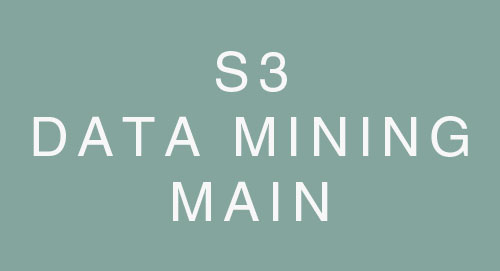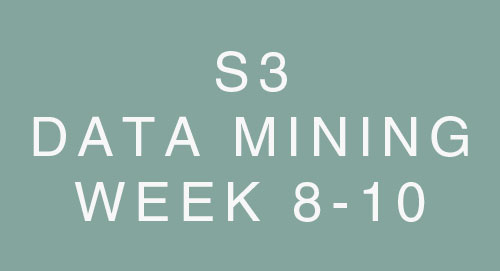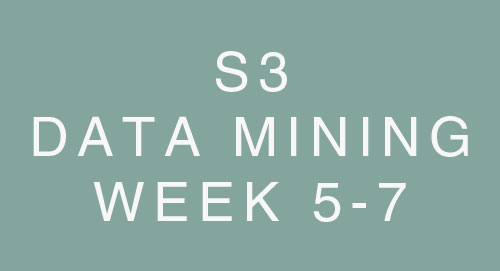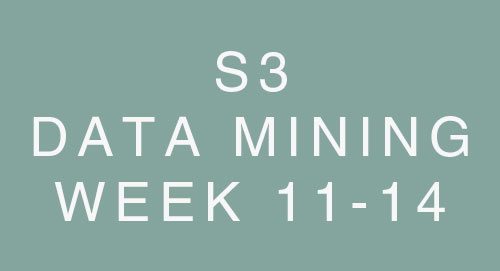Week 10 - Number Theory - Applications
Cryptography BasicsPermalink
- Cryptography: Science of securing communication through secret codes.
- Encryption: Converting plaintext to unreadable ciphertext using a secret key.
- Decryption: Converting ciphertext back to plaintext using the same or a corresponding key.
Symmetric Cipher ModelPermalink
- Uses the same key for encryption and decryption.
Example 1

Caesar CipherPermalink
- Simple substitution cipher that shifts letters by a fixed number.
- Example: “HELLO” shifted by 3 becomes “KHOOR”.
- H -> K (shifted 3 positions)
- E -> H (shifted 3 positions)
- L -> O (shifted 3 positions)
- L -> O (shifted 3 positions)
- O -> R (shifted 3 positions)
C: Cipher text
p: Plain text
k: Key (shift value)
Encryption formula:
C = (p + k) mod 26
Decryption formula:
p = (C - k) mod 26
Reference chart:

Affine CipherPermalink
- Combination of Caesar cipher and multiplication.
- 312 possible keys
- Example: “HELLO” with a = 5 and b = 8 becomes “ZEBBY”.
- H -> Z (5 * 7 + 8) mod 26 = 25
- E -> E (5 * 4 + 8) mod 26 = 4
- L -> B (5 * 11 + 8) mod 26 = 1
- L -> B (5 * 11 + 8) mod 26 = 1
- O -> Y (5 * 14 + 8) mod 26 = 24
E(x): Encryption function
D(y): Decryption function
x: Plain text
y: Cipher text
a, b: Key values
Encryption formula:
y = (ax + b) mod 26
Decryption formula:
x = a⁻¹(y - b) mod 26
Vigenere CiphersPermalink
- Polyalphabetic (multiple) substitution cipher.
- Uses a keyword to determine the shift for each character.
- Example: “HELLO” with keyword “KEY” becomes “RIJVS”.
- H -> R (shifted by 10 positions as per K)
- E -> I (shifted by 4 positions as per E)
- L -> J (shifted by 24 positions as per Y)
- L -> V (shifted by 10 positions as per K)
- O -> S (shifted by 4 positions as per E)
Instead of keyword, you might be given a number as a key.
Transposition CipherPermalink
- Rearranges the order of characters in the plaintext.
Example:
Plaintext: VERY SECRET MESSAGE BY ABHAY
Keyword/phrase: EXAMPLE

-
Steps
- write down the keyword at top
- assign number to each letter based on alphabetical order
- if a letter repeats (like “E” in our case), second occurrence is treated as the next letter in alphabetical order.
- write plaintext in rows irrespective of how ugly they look.
- create cypher tex by reading columns in assigned numbers (1 to 7)
Cypher text: "RTEY VRAH CSB ESA YMB SEY EEGA"
Rail Fence CipherPermalink
- Example: “HELLO” with 3 rails becomes “HOELL”.
- Write “HELLO” in a zigzag pattern with 3 rails:
H . . . O . E . L . . . L . . - Read horizontally: “HOELL”
- Write “HELLO” in a zigzag pattern with 3 rails:
Frequency AnalysisPermalink
- Analyzing the frequency of characters in ciphertext to decrypt the message.
Asymmetric CryptosystemPermalink
RSA (Rivest-Shamir-Adleman Algorithm)
- Developed by: Ronald Rivest, Adi Shamir, Leonard Adleman
- RSA is an asymmetric cryptosystem, meaning it uses separate keys for encryption and decryption.
- widely used

Steps to generate keys:
- Choose two large prime numbers p and q.
- Calculate n = p × q.
- Calculate the quotient function φ(n) = (p - 1) × (q - 1).
- Choose an integer e, such that 1 < e < φ(n) and gcd(φ(n), e) = 1 (e and φ(n) are relatively prime).
- Calculate the integer d, such that d × e ≡ 1 (mod φ(n)).
- The public key is {e, n}.
- The private key is {d, n}.
Encryption and Decryption:
- Encryption: Ciphertext (C) = Message (M)^e mod n
- Decryption: Message (M) = Ciphertext (C)^d mod n
Example:
- Choose primes p = 3 and q = 11.
- Compute n = 3 × 11 = 33.
- Compute φ(n) = (3 - 1) × (11 - 1) = 20.
- Choose e = 3, such that gcd(20, 3) = 1.
- Compute d = 7, such that d × e ≡ 1 (mod φ(n)).
- Public key: {e = 3, n = 33}.
- Private key: {d = 7, n = 33}.
Encryption: Message (M) = 7 Ciphertext (C) = (7^3) mod 33 = 13
Decryption: Ciphertext (C) = 13 Message (M) = (13^7) mod 33 = 7
Attributions:
-
MarcT0K (icons by JGraph), CC BY-SA 4.0, via Wikimedia Commons ↩



